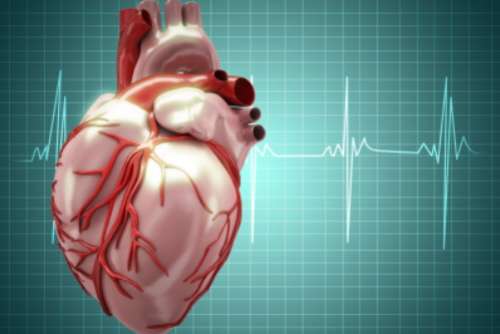Stem cell therapy could help mend the youngest of broken hearts

Researchers have shown stem cells from the umbilical cord may hold the key to a new generation of graft and could reduce the number of surgeries required to treat young children born with certain types of congenital heart disease.
Congenital heart disease (CHD) is the most common type of birth defect. In the UK alone over 4,000 babies are diagnosed with CHD each year and thanks to advances in treatment and care, more than eight out of ten CHD babies grow up to be adults.
However, the only treatment for these conditions is corrective surgery where a piece of tissue, known as an implant, is used to replace the damaged area. Often surgery has to be repeated several times throughout childhood as the child's heart outgrows the artificial implant used to repair it.
Professors Massimo Caputo and Paolo Madeddu, in the Bristol Heart Institute, a newly created specialist research institute (SRI) at the University of Bristol, have developed cellular grafts using stem cells from the umbilical cord and placenta that are able to grow like living tissue and it is hoped would be able to grow along with a child's heart. These new grafts would mean that instead of having multiple operations to insert bigger grafts as the patient's heart grows only one operation would be needed.
These grafts have been tested in animal models that closely resemble the 'real-world' scenario and tested for their capacity to grow and regenerate the damaged heart. The researchers are also exploring which cells are best suited for the graft so that a wide range of treatment options and solutions could be tailored to the patients' needs. With the first two phases of research completed, the academics are now preparing to start a clinical trial in newborn babies.
Massimo Captuo, Professor of Congenital Heart Surgery from the School of Clinical Sciences, said: "We believe stem cells from the umbilical cord, usually discarded after birth, could hold the key to a new generation of graft. These grafts grow at the same rate as the children they're used to treat and reduce the risk of rejection after transplant as they contain the child's own DNA."
Paolo Madeddu, Professor of Experimental Cardiovascular Medicine from the School of Clinical Sciences, added: "The long-term outcomes for most young children remains poor and significantly affects their quality of life. By developing these new grafts, we hope to reduce the amount of surgeries that a child born with congenital heart disease must go through."

















